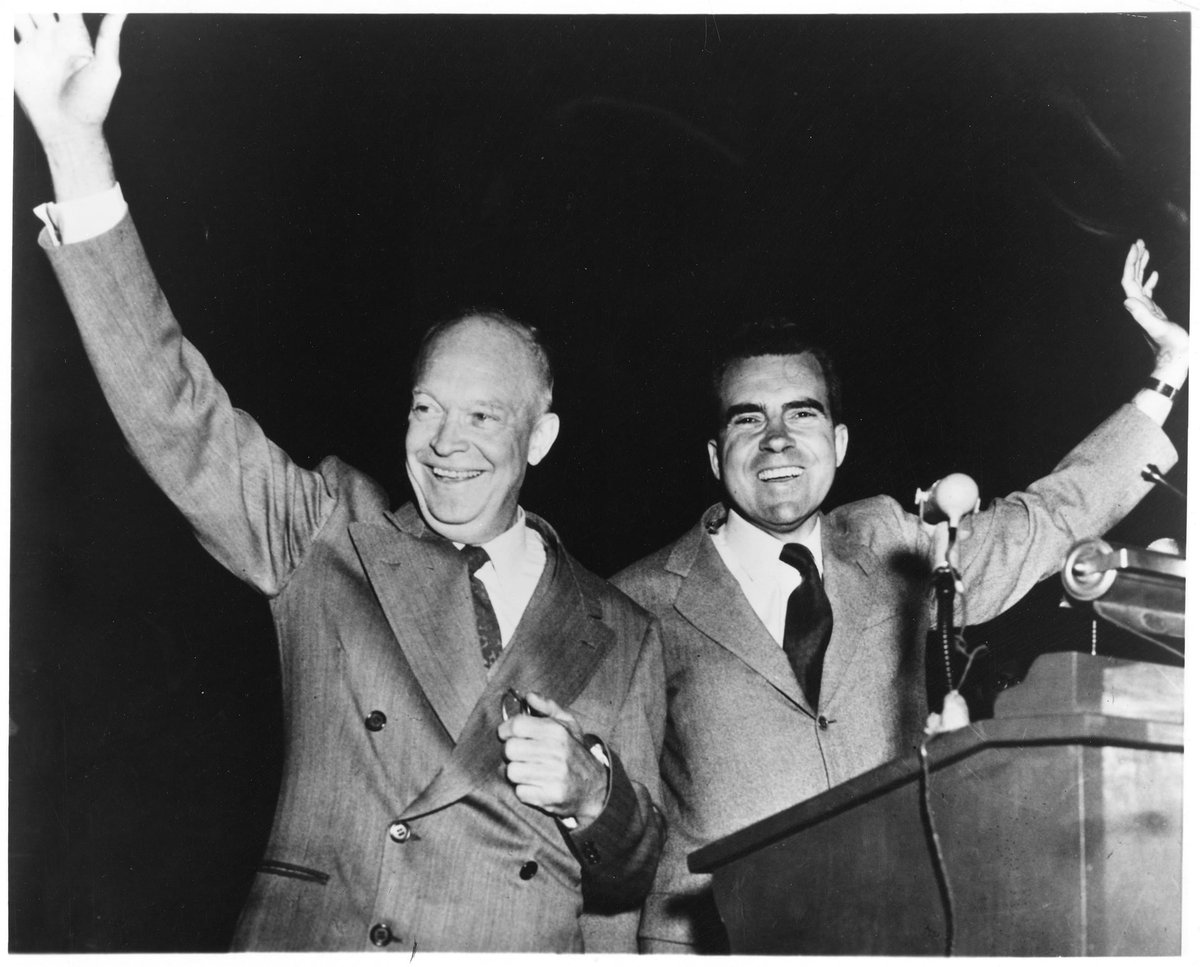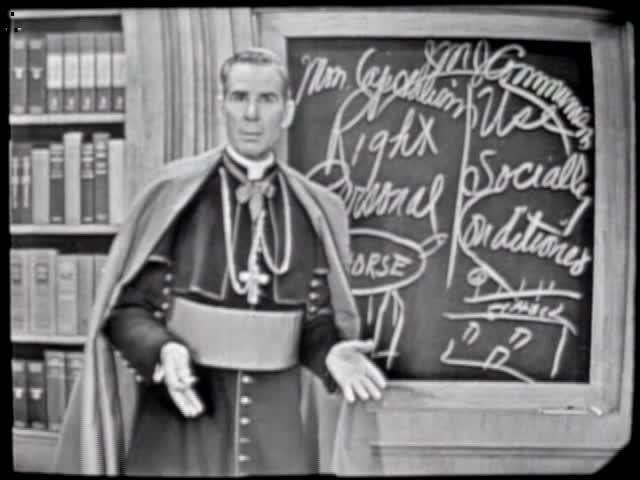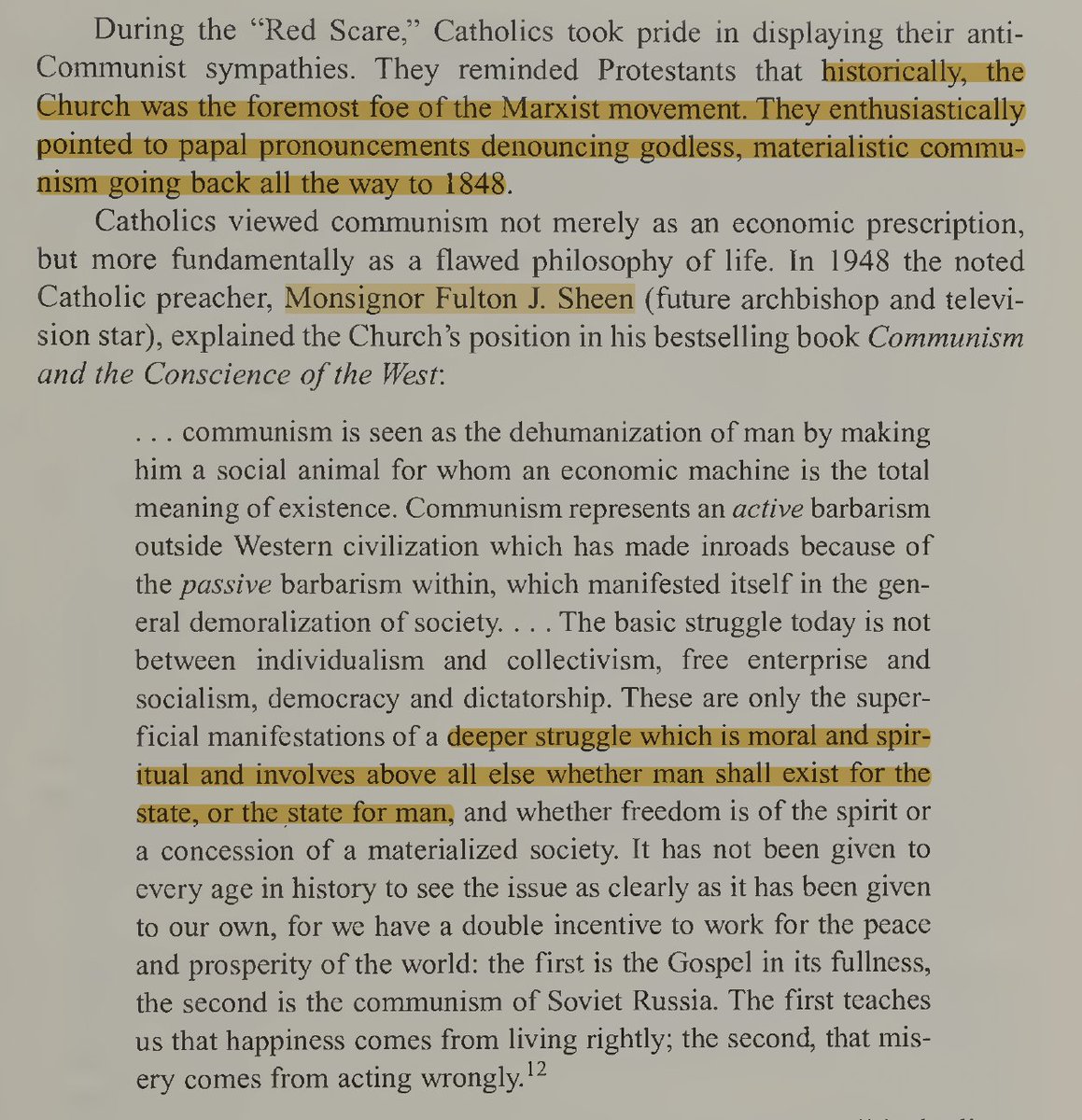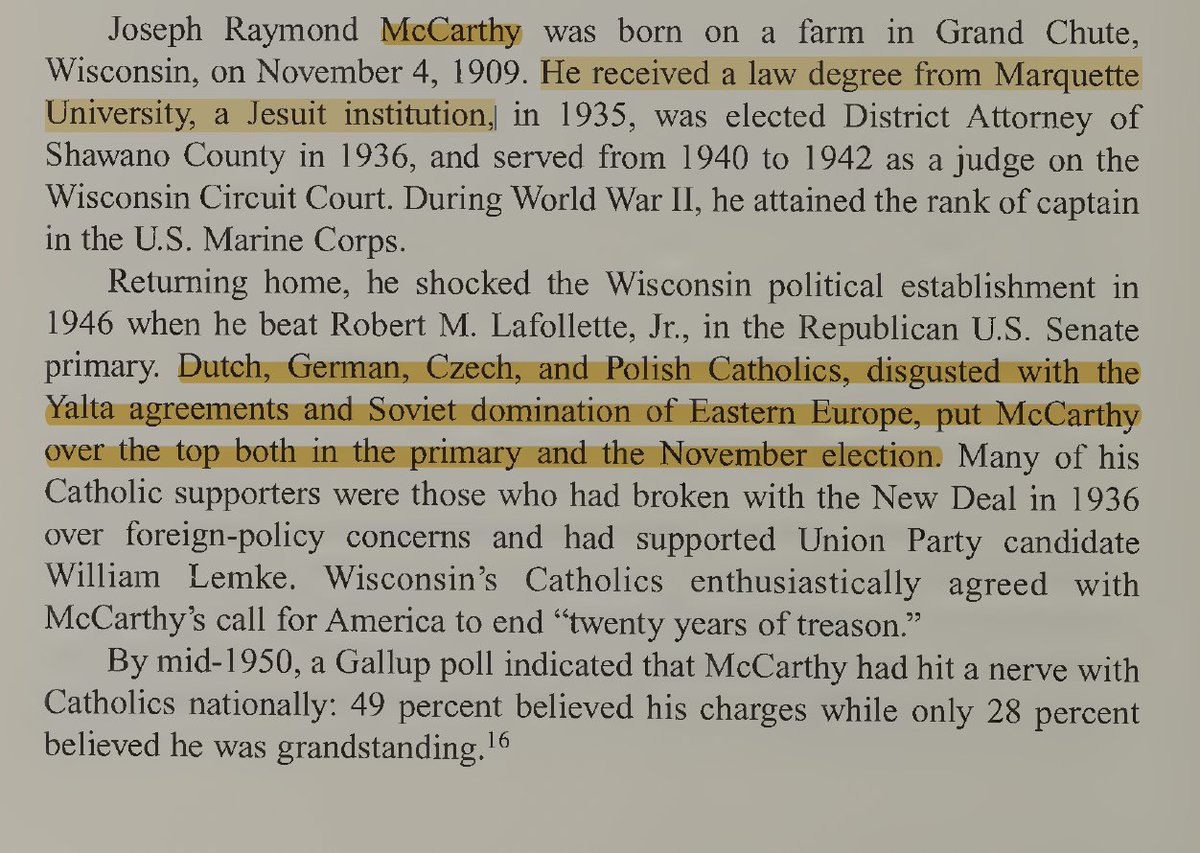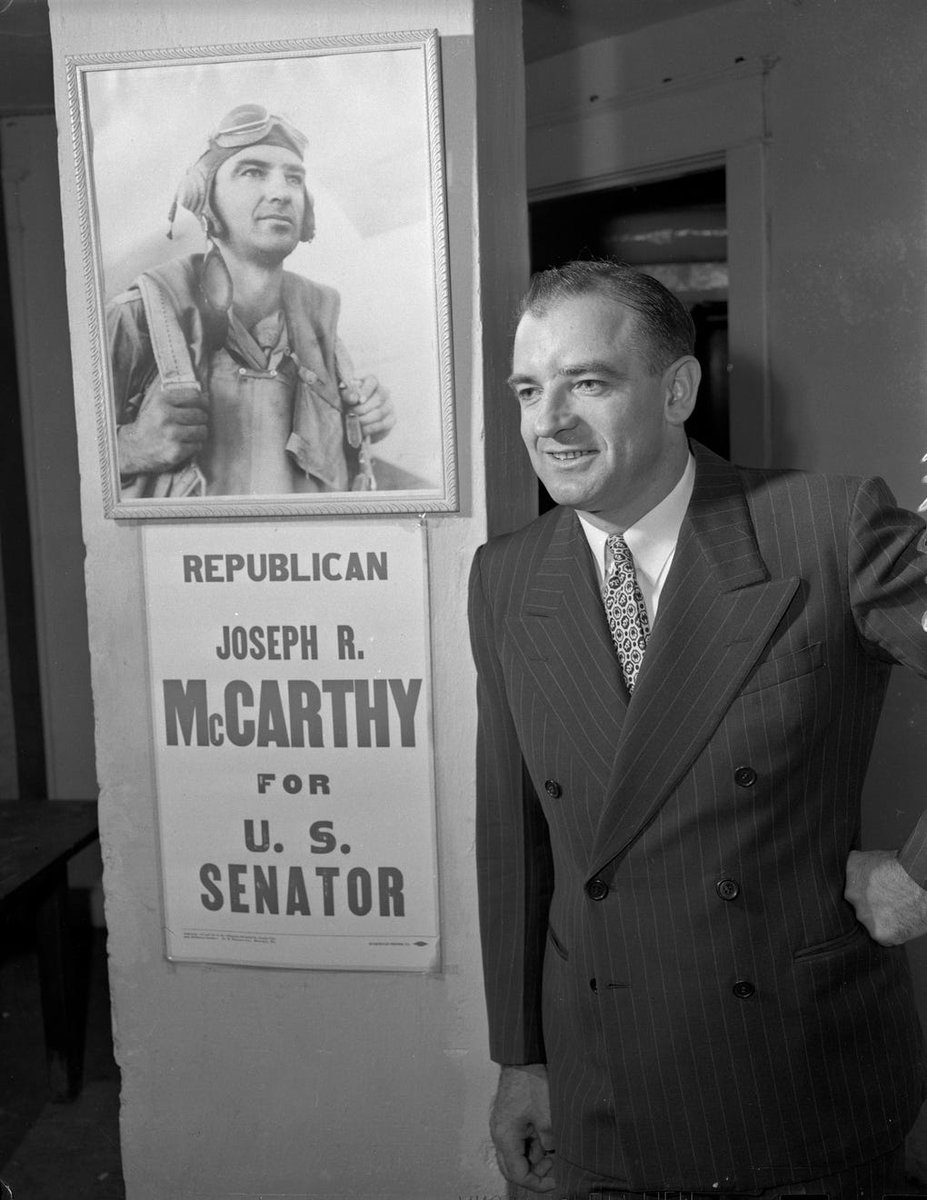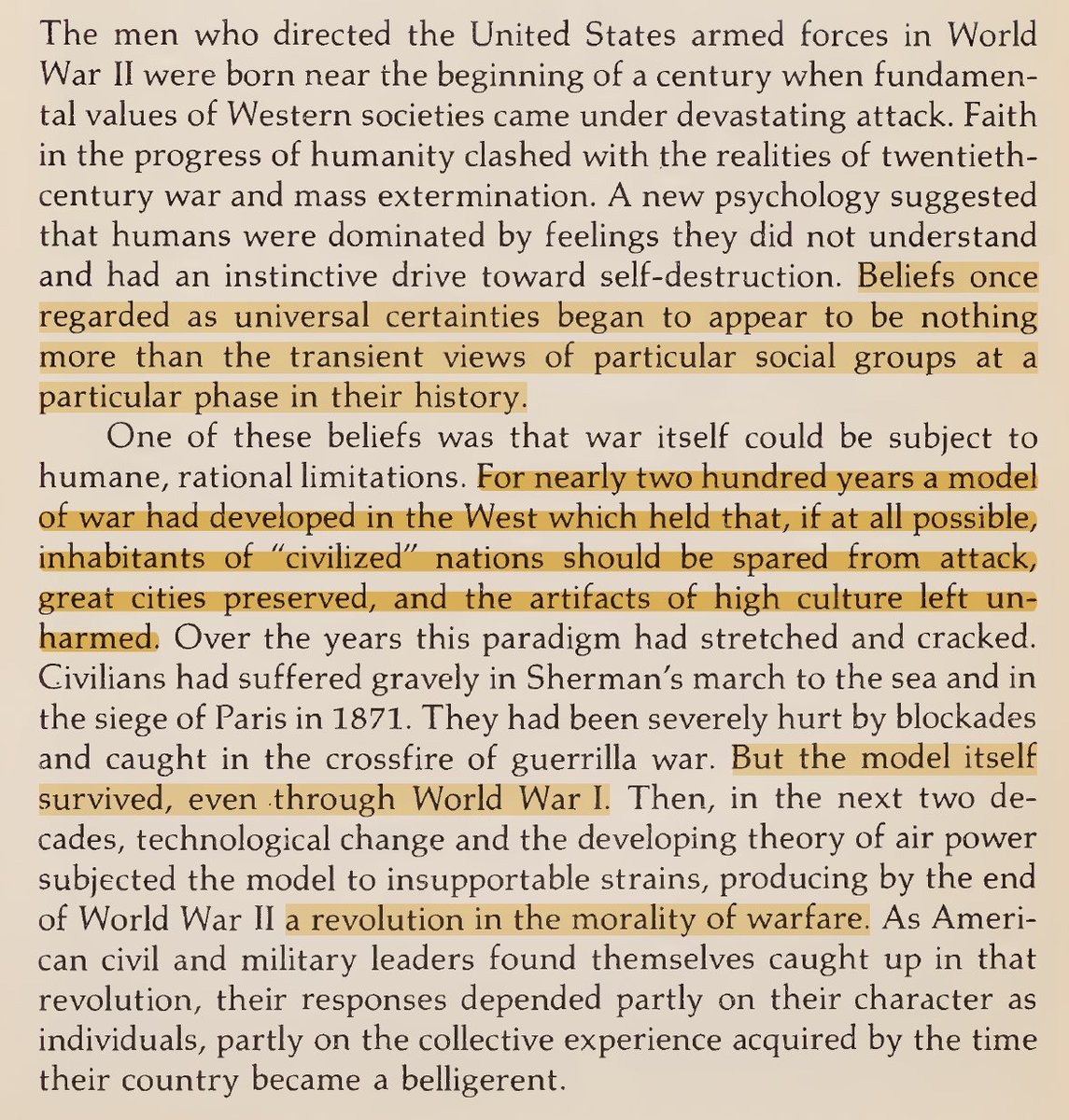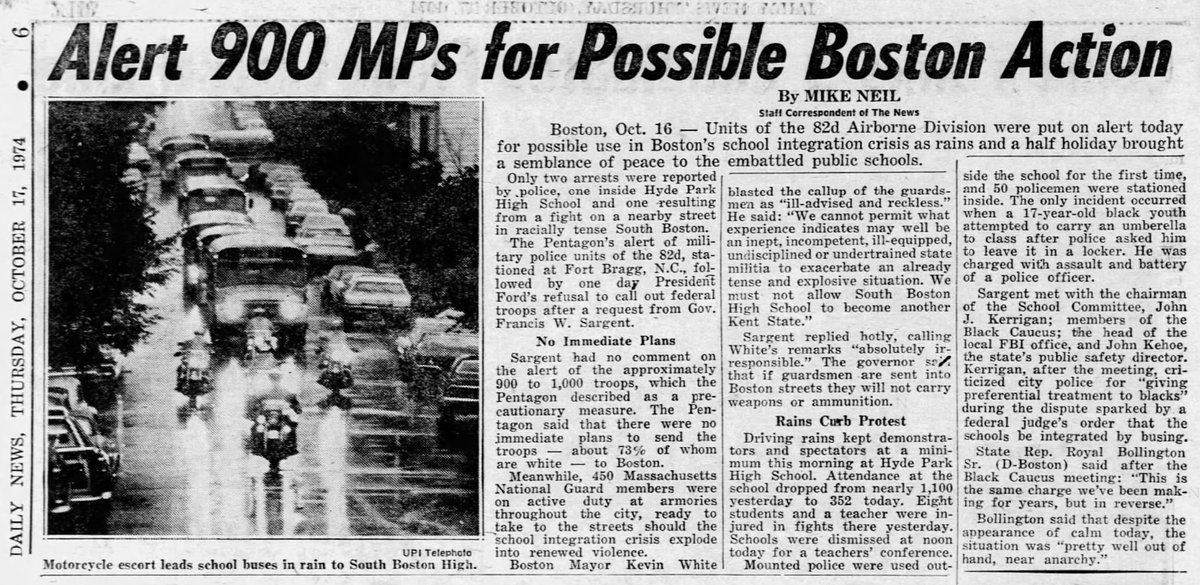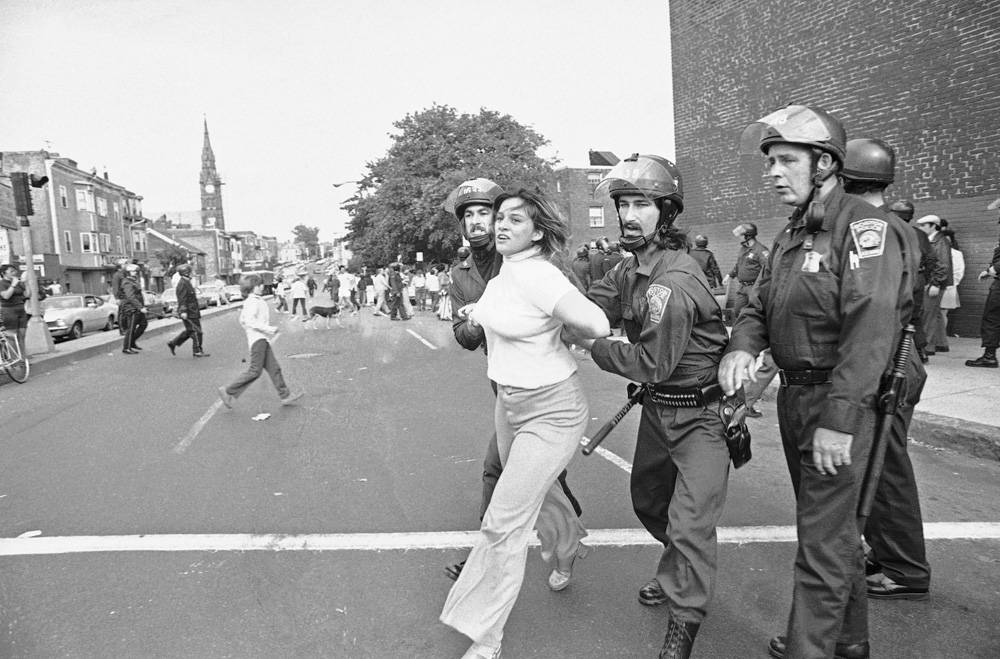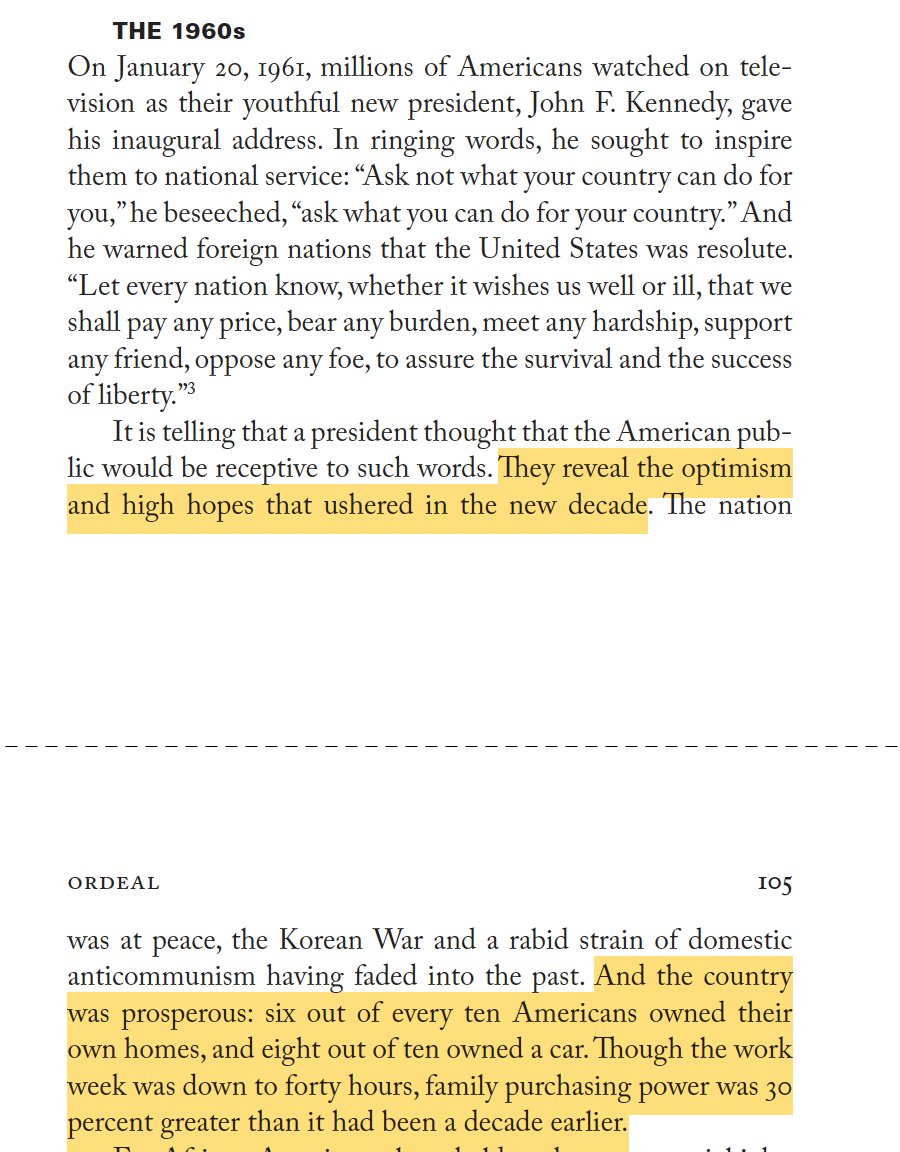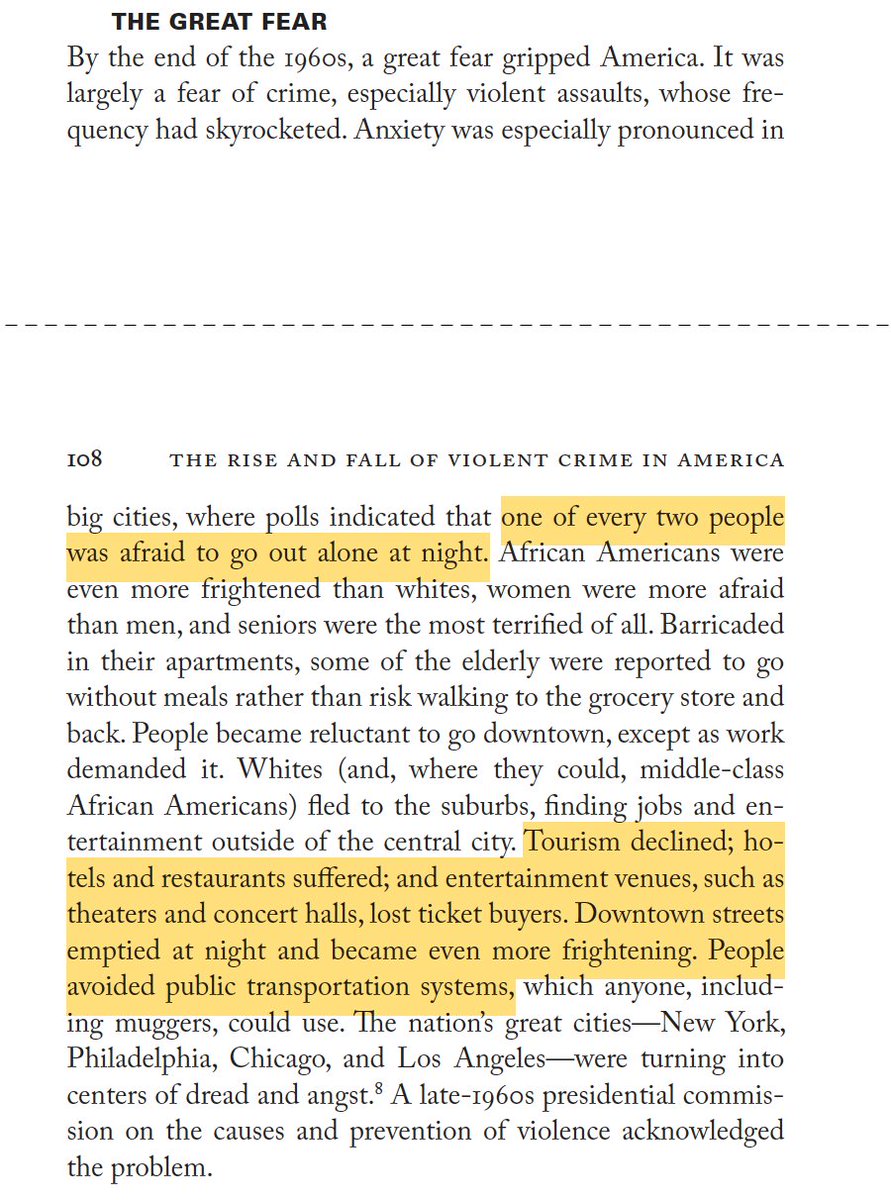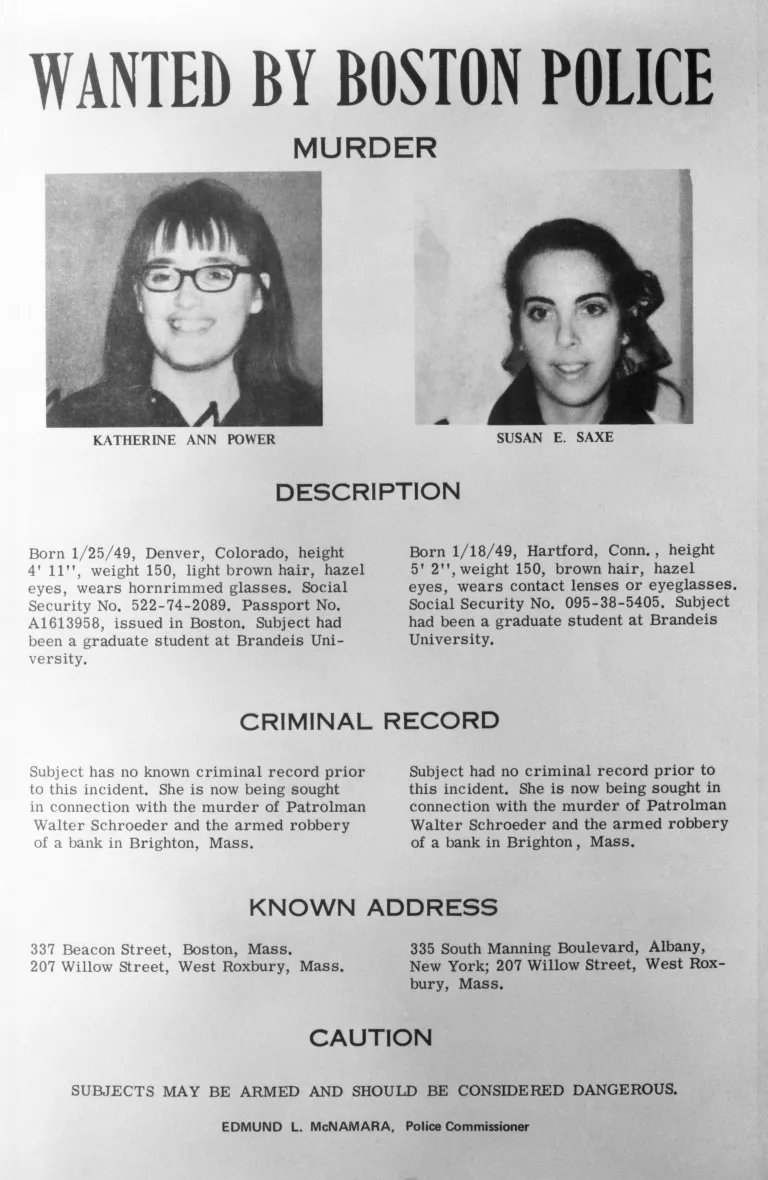White Flight from the Bronx – 1950 to 1980:
> The borough saw an explosive increase in crime, drug traffic, and arson during its demographic transformation.
🧵1/9 (h/t @Steve_Sailer )




> The borough saw an explosive increase in crime, drug traffic, and arson during its demographic transformation.
🧵1/9 (h/t @Steve_Sailer )
https://x.com/Steve_Sailer/status/1521306110505877505?s=20

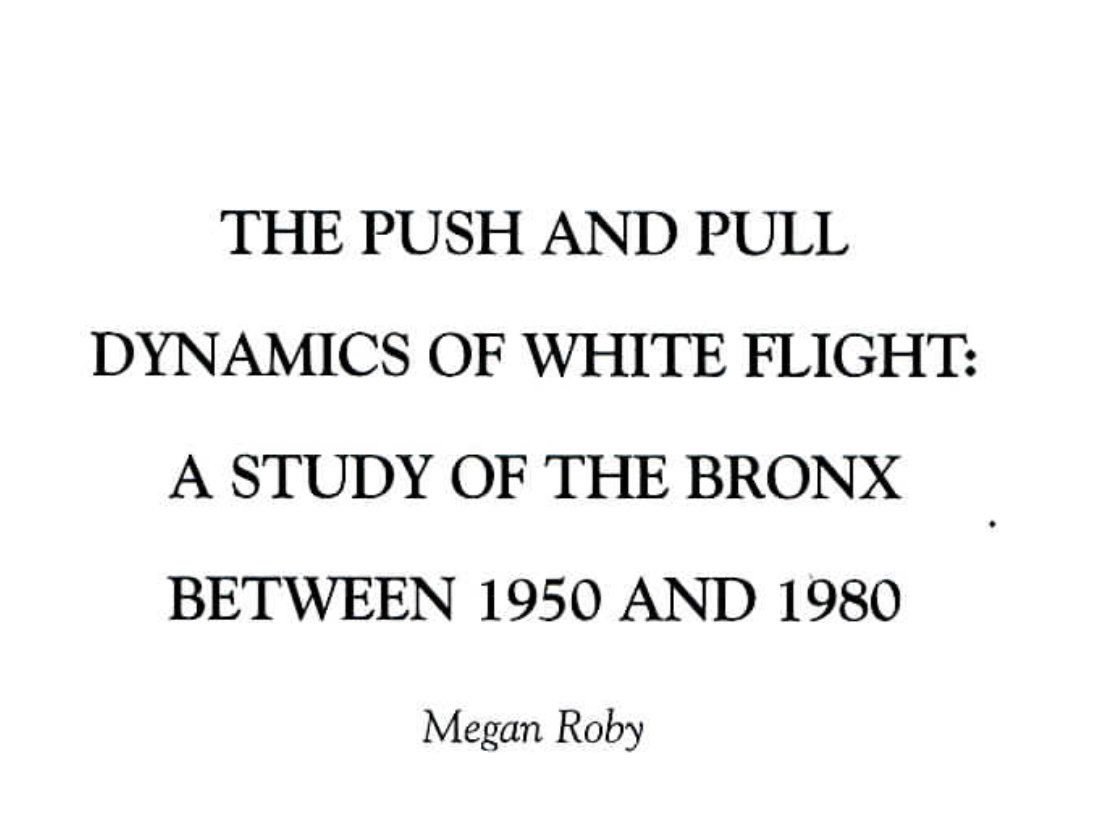

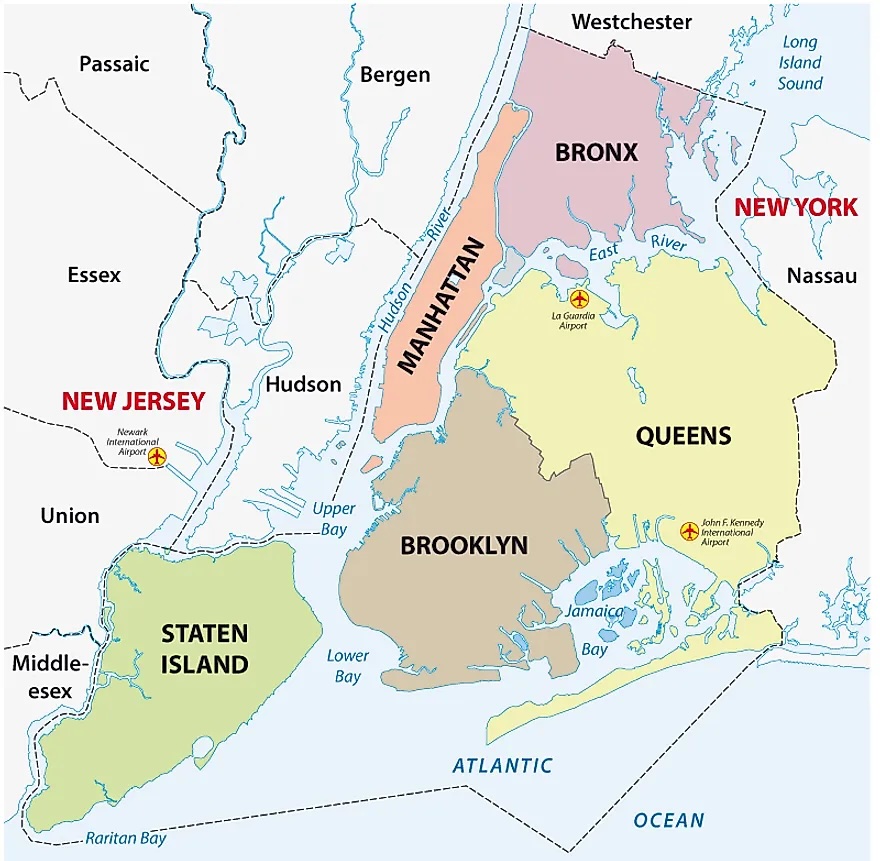
The advent of NYC public transportation transformed the borough from farmland to a “streetcar suburb.” The population exploded with ethnic immigrants – Mainly Jews, but also Irish and Italians. Even during hard economic times The Bronx had been a safe place for families.
2/9




2/9



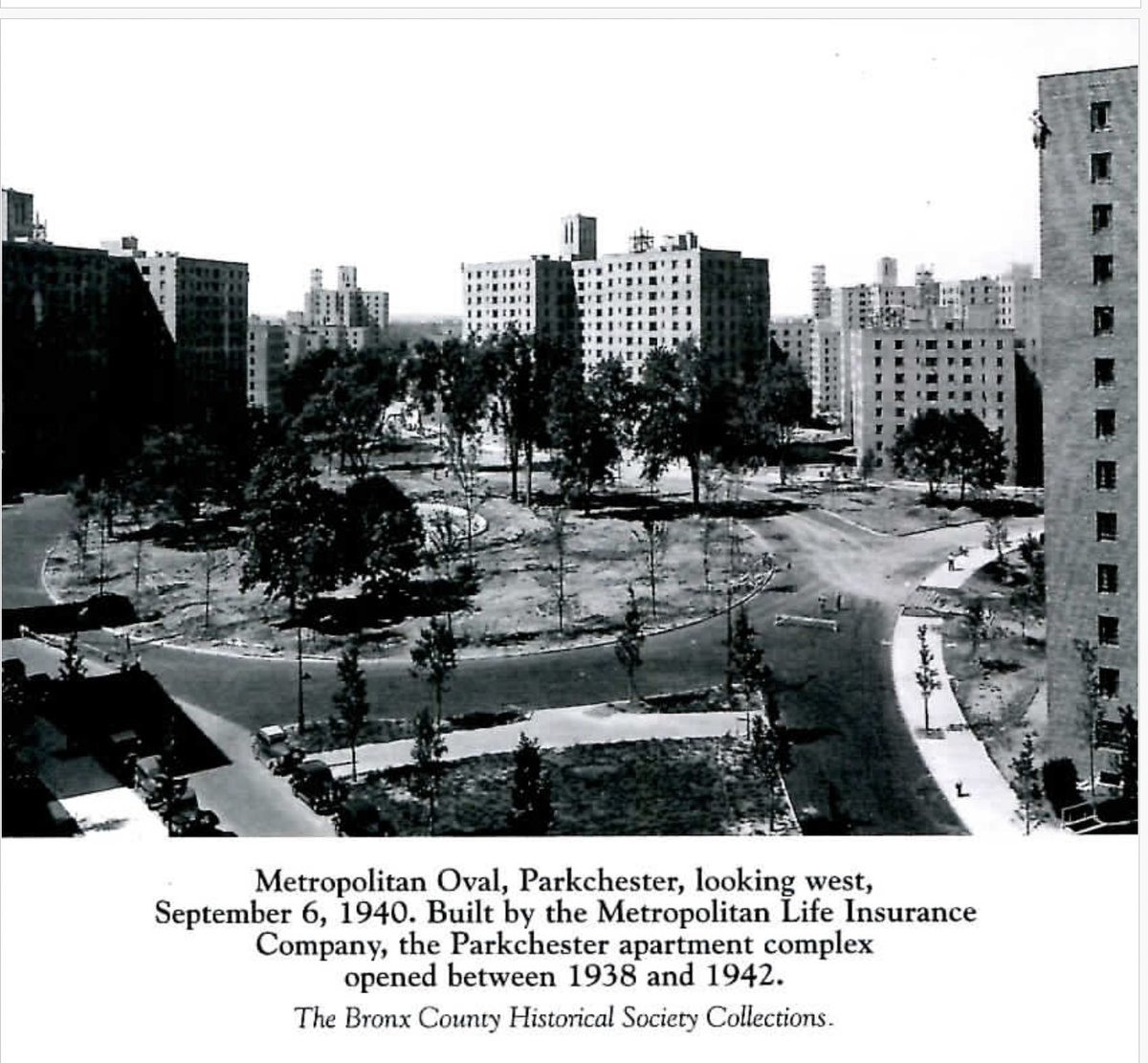
As late as 1950, The Bronx was still about 90 percent White, and the residents were enjoying life in their tranquil neighborhood. But The Bronx residents saw a rapid increase in crime and drugs as demographic change transformed life in the borough.
3/9




3/9




Rising crime in The Bronx was not just a matter of perception - As the demographics changed, crime did indeed skyrocket.
> Assaults, for example, increased at a frightening rate.
> Burglaries, meanwhile, increased from 1765 in 1960 to an incredible 29,2765 by 1969.
4/9
> Assaults, for example, increased at a frightening rate.
> Burglaries, meanwhile, increased from 1765 in 1960 to an incredible 29,2765 by 1969.
4/9

By the 1970s, the South Bronx was ravaged by gang warfare and arson. A nurse at a South Bronx hospital recalled gunshot victims in the ER, and a rehab center where rival gang members were still trying to attack each other from their wheel chairs.
5/9



5/9



The extent of the collapse of the South Bronx was shocking – gangs seemed to have taken control of the streets, and apartment buildings began to burn throughout the area. Vast sections of the borough were literally being burnt to the ground by arsonists.
6/9



6/9
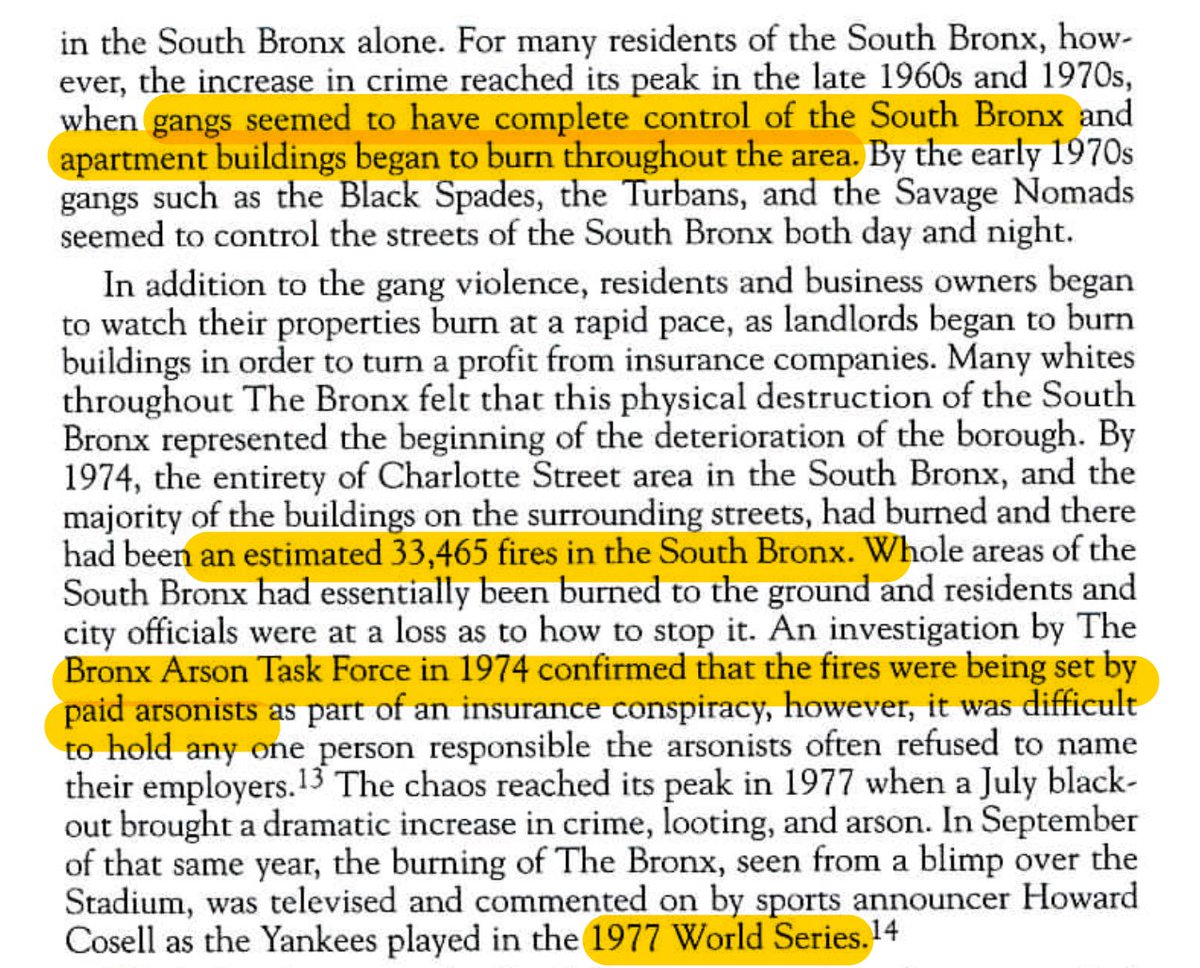


The apocalyptic vibes were captured with the iconic “The Bronx is Burning” sequence during the 1977 World Series.
7/9
7/9
Violence and disorder spread to other formerly-safe neighborhoods. Residents remembered mothers being mugged, a sister being harassed until she had to escape to private school. They suffered robberies, break-ins, stolen bikes, stolen tires. Nearly half a million Whites fled.
8/9


8/9


Tougher law enforcement and mass-incarceration (as well as other factors), eventually helped to dramatically reduce crime in the 1990s. But it was far too late for the residents who had fled their once-safe and tranquil neighborhood in the 1970s.
9/9
city-journal.org/article/how-ne…
9/9
city-journal.org/article/how-ne…
• • •
Missing some Tweet in this thread? You can try to
force a refresh



